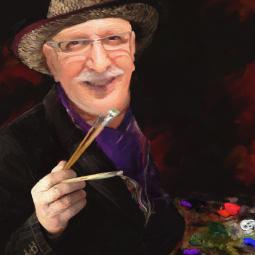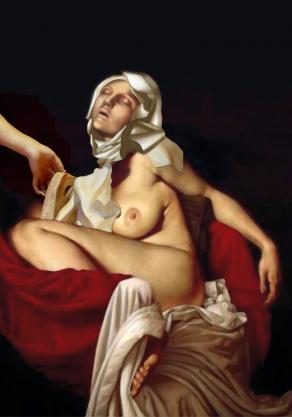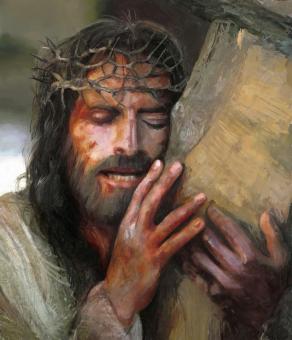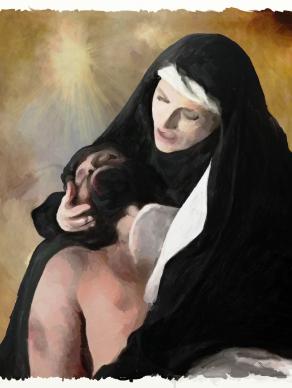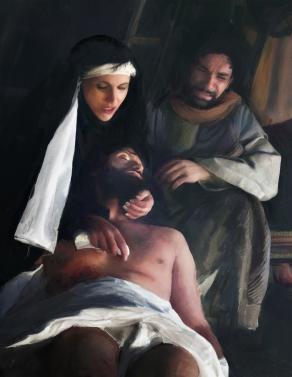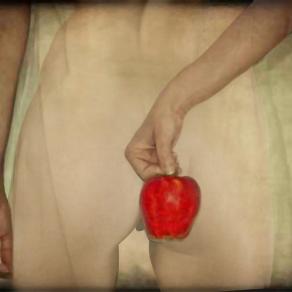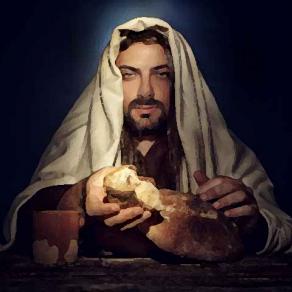Two dimensions inextricably intertwined in a figurative culture attentive to symbolic messages, which Tommasi looks ahead with renewed enthusiasm in a pictorial journey that sees him face new figurative techniques.
It is not difficult to realize that, today, the sacred does not seem as important as in other eras.
Not only and not so much because it is dedicated to a very short time
compared to that occupied by concerns more "profane" (the work,
study, entertainment, economic, etc.), but rather because
it seems that many of the sacred dimension you can easily do
less.
Some people interpret this "eclipse of the sacred" in the human reality by stating that
there is nothing more sacred, if you intend to separate the sacred, transcendent, confidential, and there is nothing profane in the sense of alien and opposed to salvation.
For these reasons, the representation of 'classical' sacred, in the author's view, is to take on lease land, emphasizing the references, the complexity of the citations, the singularity of the stories, in a mink almost profane leading to humanize the subject, removing them that golden supernatural and lowering them to the role of people.
You can see it in the joy of motherhood, or suffering, all human, death, or in the passion that precedes it.
News
celeste,
